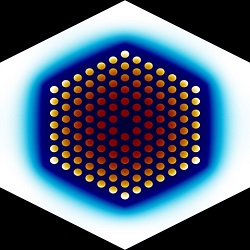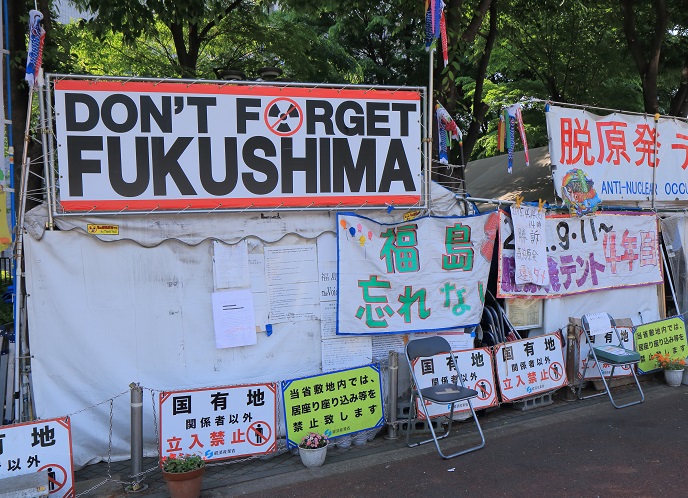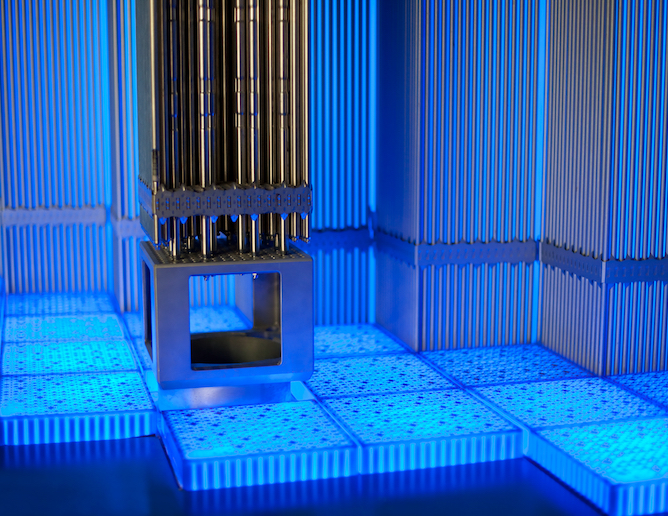Improving accuracy of nuclear data
Partitioning, transmutation and waste-reduction technologies are important components of nuclear energy sustainability for existing and future Generation IV fast reactors. To realise the new nuclear reactors and fuel cycles, the accuracy of the related data and models needs to be improved. In the EU-funded project 'Accurate nuclear data for nuclear energy sustainability' (ANDES)(opens in new window), particular effort was devoted to obtaining high-quality data on key isotopes and reactions with the lowest possible uncertainty. In particular, scientists placed focus on improving decay data for reactor kinetics as well as for actinide isotope and neutron cross sections. ANDES combined selected differential data with integral experiments at some of the world's top facilities to provide specific and complementary information on low-, medium- and high-energy domains. The complementary role of differential and integral methods was required to meet desired reactor design accuracy. In addition, researchers improved uncertainty and covariance management within the evaluation process. In parallel, the training of young scientists and engineers should ensure future availability of a skilled work force. Scientists analysed data from differential measurements regarding uranium inelastic scattering and reactions as well as minor actinide fission. ANDES developed codes for evaluating differential data, assigning uncertainties and covariance to basic data, and for including uncertainties and covariance in neutron simulations. These tools were extended for use in reactors and fuel cycles. Through developing novel tools, scientists also made advances in interpreting and improving data from integral experiments. Other achievements were evaluating and further improving nuclear models used in the high-energy domains, and obtaining new data for high-energy reactions of light ions. By improving model predicting, ANDES allowed estimating uncertainties in the 100–600 MeV high-energy region. ANDES made great efforts to widely and efficiently disseminate its results through the Nuclear Energy Agency (NEA) and the International Atomic Energy Agency (IAEA).







